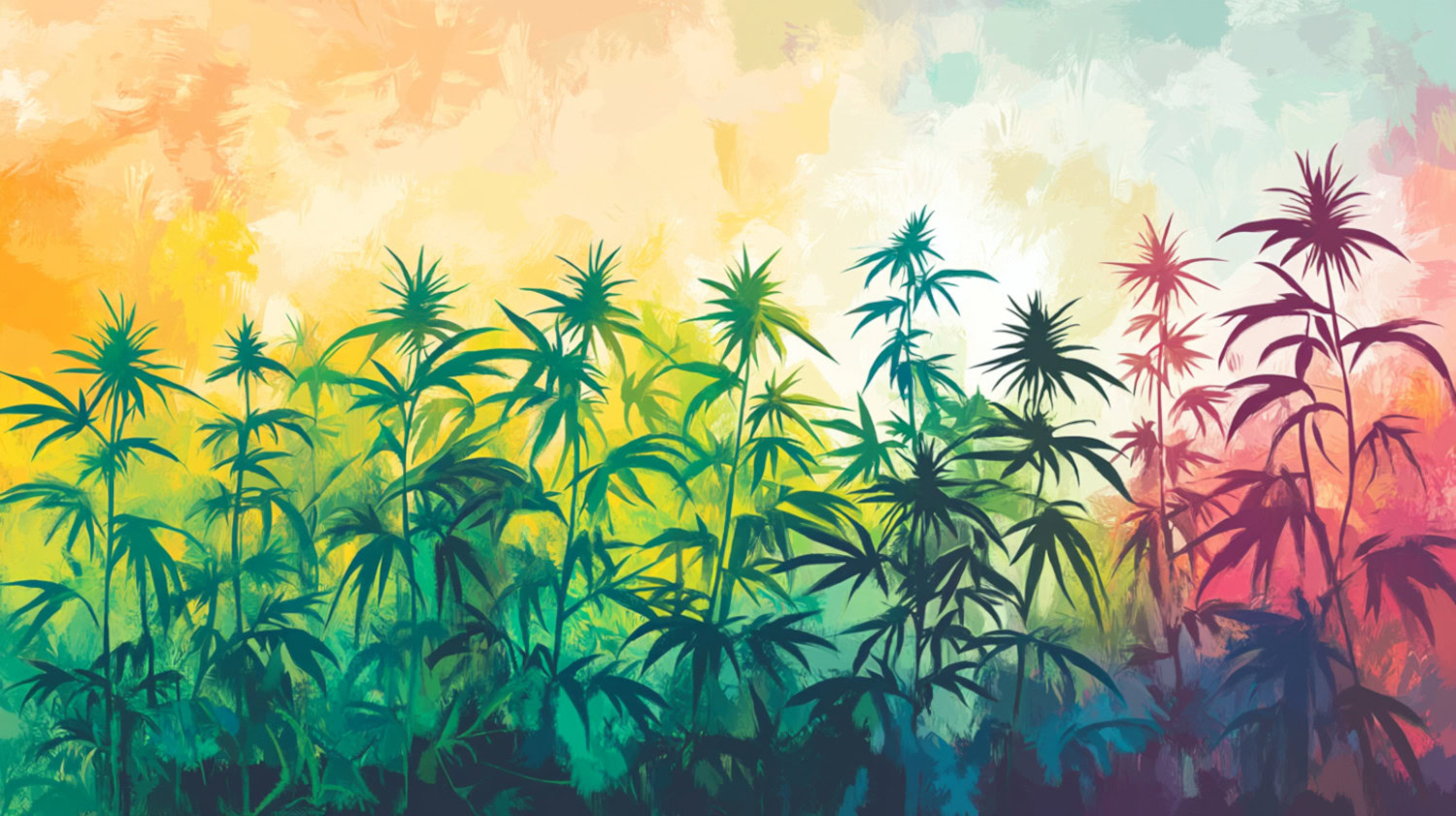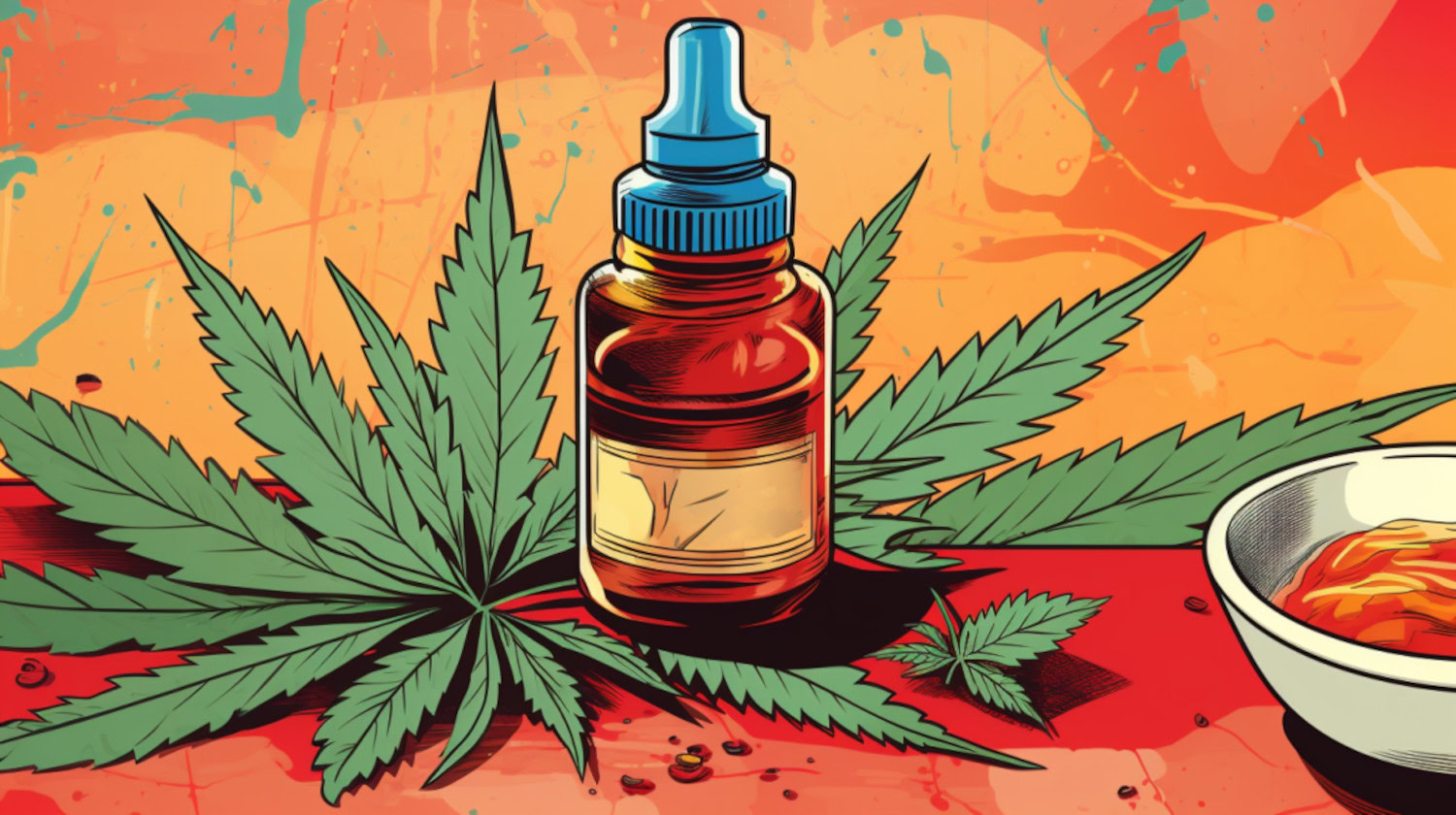Key Takeaways
- Broad spectrum CBD contains nearly all the cannabinoids, terpenes, and other plant compounds with the exception of THC.
- Full spectrum CBD products contain everything found in the plant, including THC, even if it is below the 0.3% legal threshold.
- Full spectrum products are usually preferred because they take full advantage of the entourage effect, but if you’re avoiding all THC, broad spectrum is a good option.
CBD products tend to slot into one of three categories: full-spectrum, broad-spectrum, or isolate. And the spectrum of products is just as wide, with consumers having access to an array of goods, including oils, topical skincare products, vaporizable products, sprays, capsules, and edibles.
So, what is the difference between full spectrum vs broad spectrum CBD? Prepare for a healthy dose of knowledge.
CBD Products vs CBD the Cannabinoid
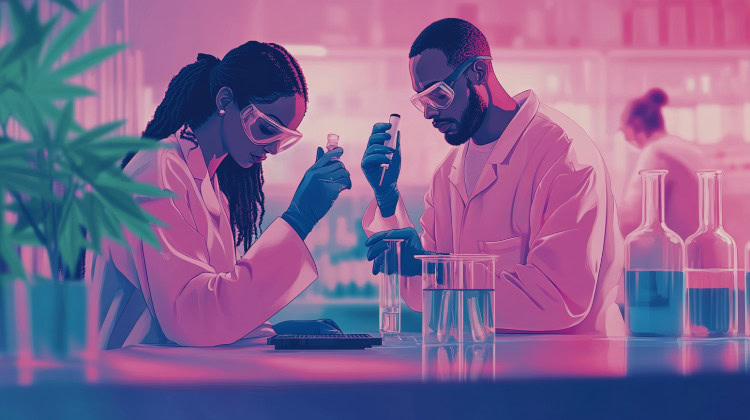
While “CBD products” refers to the wide range of infused goods that consumers can indulge in, “CBD” is the cannabinoid or primary ingredient. Although “CBD” and “CBD product” are interchangeable, they aren't the same. Products containing CBD may contain other ingredients (and most likely do), so “the entourage effect” may come into play.
CBD products can be made with full-spectrum or broad-spectrum CBD, and depending on the type of product, a number of base ingredients. For example, broad-spectrum CBD oil may contain a carrier oil like coconut oil and may even contain some flavoring. Then there are edibles, which are enriched with THC-infused fats, such as butter and oils, as well as other ingredients like flour, fruits, and sugar.
Depending on the type of CBD, such as broad-spectrum or full-spectrum, various other plant compounds may be included. Consequently, the “entourage effect” — the underlying process that sparks CBD's medicinal momentum — occurs. When CBD is consumed with other ingredients or when a consumer opts for broad or whole plant extracts over pure CBD isolate, the cannabinoid’s anxiolytic effects and pain-relieving properties are amplified or diminished.
Research shows that the THC contained in cannabis binds to CB1 and CB2 receptors in the endocannabinoid system (ECS), igniting these intricate networks into action. CBD, on the other hand, indirectly binds with cannabinoid receptors. The cannabinoid is a fatty acid amide hydrolase (FAAH) inhibitor responsible for the breakdown of anandamide—the body’s most valuable endocannabinoid for its modulatory influence on the brain reward circuitry.1
Proper extraction techniques must take place to transform CBD into a safe and effective CBD product, with some preferred methods including carbon dioxide extraction, ethanol extraction, or solvent extraction with olive oil.2
What is Broad Spectrum CBD?
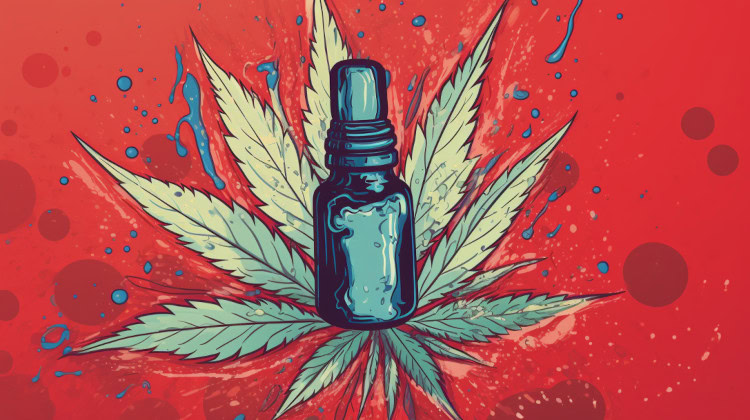
The organic composition of CBD oil determines which spectrum it slots into. These cannabis extracts contain all components of the plant, not just CBD. Flavonoids, terpenoids (terpenes), naturally occurring essential oils, and various other cannabinoids may be present in full-spectrum solutions, which must not exceed THC's <0.3% legal threshold.
Does broad-spectrum CBD have THC?
Although broad-spectrum is pretty similar in terms of its organic composition, this type of CBD oil should not contain detectable levels of THC and is typically made using hemp, hence why many people refer to it as “broad spectrum hemp extract.” Another THC-free option is CBD isolate.3 However, if you want the benefits of cannabinoids like cannabigerol (CBG) and cannabinol (CBN), you would benefit from leaning towards broad spectrum CBD over an isolate.
The broader the range of compounds, the more diverse its application. Since hemp is laden with cannabidiolic acid (CBDA) — a little-known cannabinoid proven to harbor potential antidepressant, analgesic, anti-inflammatory, and anti-seizure qualities — CBDA (not to mention various other compounds) is a valuable element worth clinging onto.3
Due to the presence of various natural ingredients, broad-spectrum hemp extract can prompt a synergistic reaction that may spur more substantial medicinal effects. A synergistic response may occur if broad-spectrum CBD is consumed with other medications or ingredients.
Broad-spectrum CBD oil is not to be confused with hemp oil. While it is possible to produce hemp seed and CBD oil using the hemp plant, each product is quite different. Hemp seeds are cold-pressed to produce hemp seed oil - a nutty oil rich in fatty acids and omega 3. Conversely, CBD oil is made using the cannabis and hemp plant's flowers, stalks, and leaves. Hemp seed oil is unlikely to contain cannabinoids like CBD, CBN, CBG, and THC.4
What is Full Spectrum CBD?
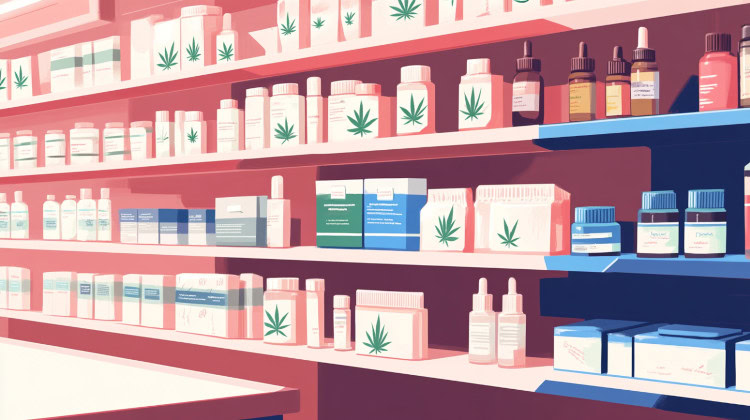
The term “full spectrum” refers to the variety of organic compounds contained in CBD oil extracts. Just as the name implies, full spectrum products are naturally enriched with the most inclusive and diverse range of flavonoids, terpenes, essential oils, and cannabinoids.3 However, the specific type(s) of phytochemicals depends on the strain of cannabis used to produce the CBD oil.
The producer may choose high-CBD strains such as ACDC, Cannatonic, and Harlequin. In this case, the finished product will bundle an array of compounds unique to those strains. For example, ACDC contains a CBD to THC ratio of 20:1, so a CBD oil-sourced film ACDC will likely contain a small amount of THC, as well as multiple aromatic terpenes like caryophyllene, myrcene, and pinene. Other cannabinoids like tetrahydrocannabivarin (THCV) and cannabigerol (CBG) may filter into the finished product as well.
The CBD level of a full-spectrum oil also depends on the initial CBD content of the strain from which it is sourced. You can expect a more considerable wallop of CBD with strains containing a heavier CBD percentage, e.g., ACDC contains upwards of 15% CBD.
Let's not forget about THCA (Tetrahydrocannabinolic acid), too, which is a non-intoxicating compound that could promote a healthy appetite, reduce inflammation, and even provide seizure relief.5 Consumed together in the form of full-spectrum CBD, cannabis’ phytochemicals get to work on a grand scale. Consumers report enhanced pain relief, better sleep, and longer-lasting effects from CBD products that merge as many of the plant's active compounds as possible.
What is CBD Isolate?
CBD isolate is the purest form of CBD on the market (and one of the most complex in terms of chemical processing). CBD is pulled from the flower using an extraction method like distillation or butane, and all other cannabinoids and terpenes are removed from the final product. Once the extraction process is complete, a crystalline substance or twinkling white powder is left over. This finished product usually has a purity of 99.9%.3
Harvested from the cannabis plant and further extracted and refined, CBD isolate may be pure, but this product is generally less effective than full spectrum and broad spectrum products. The absence of other plant compounds leaves little room for the entourage effect to take place. As a result, the effects are usually more focused. Nonetheless, if CBD isolate is consumed with other medicines or ingredients that are renowned for reacting synergistically, such as some sedatives and pain medication, the effects may be more substantial.2
Full Spectrum vs Broad Spectrum CBD: Key Differences
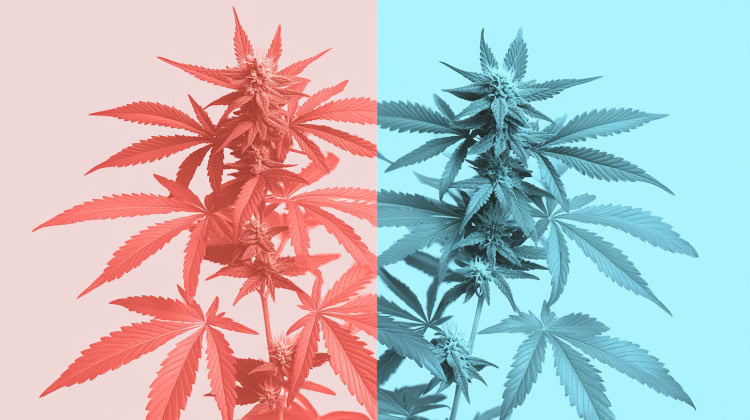
Distinguishing between full and broad spectrum CBD is essential if you want to attain the most satisfactory results. Brand, of course, matters when deciphering between full vs broad spectrum CBD. A trusted supplier should always test their products and present a certificate of analysis (COA) outlining which ingredients are present.
How do I know if I have full spectrum vs. broad spectrum CBD?
If one bottle label features a longer list of cannabis phytochemicals than the others, chances are it is a full-spectrum product. Let's cover the main elements of each extract to illustrate the difference between full-spectrum and broad-spectrum CBD:
- Bioavailability - Consumers seeking products with maximum bioavailability (the amount of compounds absorbed and used by the body) may prefer full spectrum products. A study on male and female rats found that there was a surge in the oral bioavailability of CBD (12% in male rats and 21% in female rats) when administered in the form of full-spectrum CBD. This product type was compared alongside broad spectrum and isolate products. Oral bioavailability increased when CBD was administered with 0.2% THC, signifying the efficacy of full-spectrum products compared to broad-spectrum or isolate products.6
- THC Content - Broad spectrum CBD products will contain a non-detectable amount of THC within the product. In contrast, full-spectrum CBD will have anywhere from the federally legal THC level of 0.3% to 10% or more if being sold in a licensed cannabis dispensary.
- Terpene Content - Full spectrum may contain more terpenes than broad spectrum since the extraction process captures more of the plant profile. As mentioned earlier, terpene content depends on strain and contributes to the entourage effect. The variety of compounds contained in full-spectrum ensures therapeutic synergy and may prove helpful for patients who want the maximum impact with minimal dosage.7
- Therapeutic Properties - Although research is ongoing, ample evidence suggests that CBD-dominant treatments positively affect anxiety, depression, pain, and general well-being.8 Blended with the other plant compounds contained in broad-spectrum and full-spectrum products, cannabis’ therapeutic properties may be magnified.9
- Production Process - Another critical difference between broad-spectrum and full-spectrum is the extent to which the product is extracted and refined. Compared to full-spectrum, broad-spectrum products require an extra step of removing the THC compound from the extract, and this is usually achieved through distillation.
- Efficacy - Animal studies of analgesia reveal that “pure CBD produces a biphasic dose-response curve such that smaller doses reduce pain responses until a peak is reached, after which further increases in dose are ineffective.” These findings tell us that full-spectrum products exert their therapeutic effects at any dose “with no observed ceiling effect.”7
Aside from the potential benefits of broad-spectrum CBD and full-spectrum CBD, high doses may cause diarrhea, fatigue, sleepiness, and vomiting.10
Full Spectrum vs Broad Spectrum CBD: How to Choose
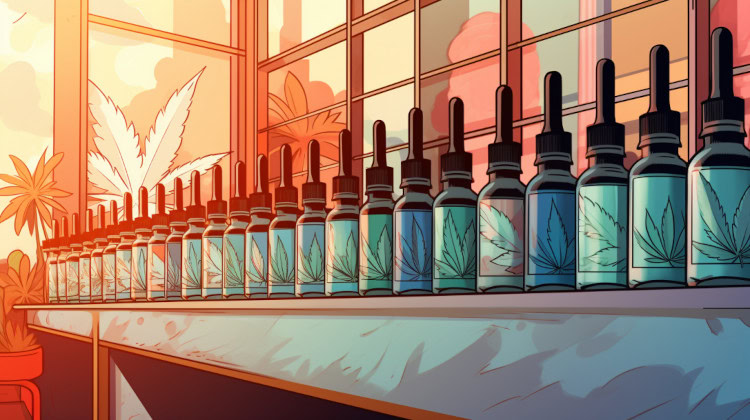
The go-getters who want to capitalize on all of cannabis’ medicinal compounds without wasting any may wish to go down the full-spectrum route. An ideal option for fans of the entourage effect, whole plant extract CBD products can influence the ECS on a deeper level, thus allowing consumers to reap more than one remedial reward with a single dose.
Broad-spectrum is also desirable, with studies emphasizing its analgesic effects and mood-enhancing properties.11 The presence of other plant compounds, such as cannabinoids like CBN, which shows potential as a natural antimicrobial, anti-seizure, and anti-inflammatory remedy, may magnify the oil's therapeutic powers.12,13 However, full-spectrum may contain more of those cannabinoids and stronger “entourage effects.”3,7
If you have never tried CBD before and want to consider making your own edibles or products, consider experimenting with a 99.9% pure CBD isolate. Individuals can also use CBD isolate products to blend in with other cannabinoid isolate products to make their own extract blend.
Perhaps the most essential part of the CBD journey is the pre-buying stage. Regardless of which product type you choose, it is vital to safeguard your health by tracking down a trustworthy supplier. Always buy from companies that provide proof of lab testing to ensure the CBD is free from impurities, chemicals, and high levels of THC. Discussing your CBD options with a certified cannabis doctor is advisable, especially if you are currently using a particular type of medication.
References
- Meissner H, Cascella M. Cannabidiol (CBD). In: StatPearls [Internet]. StatPearls Publishing; 2023. https://www.ncbi.nlm.nih.gov/books/NBK556048 ↩︎
- Cather JC, Cather JC. Cannabidiol primer for healthcare professionals. Baylor University Medical Center Proceedings. 2020;33(3):376-379. doi:https://doi.org/10.1080/08998280.2020.1775437 ↩︎
- Kim J, Choi P, Park YT, Kim T, Ham J, Kim JC. The Cannabinoids, CBDA and THCA, Rescue Memory Deficits and Reduce Amyloid-Beta and Tau Pathology in an Alzheimer's Disease-like Mouse Model. Int J Mol Sci. 2023;24(7):6827. Published 2023 Apr 6. doi:10.3390/ijms24076827 ↩︎
- VanDolah H, Bauer BA, Mauck KF. Clinicians’ Guide to Cannabidiol and Hemp Oils. Mayo Clinic Proceedings. 2019;94(9):1840-1851. doi:https://doi.org/10.1016/j.mayocp.2019.01.003 ↩︎
- Baron EP. Medicinal Properties of Cannabinoids, Terpenes, and Flavonoids in Cannabis, and Benefits in Migraine, Headache, and Pain: An Update on Current Evidence and Cannabis Science. Headache: The Journal of Head and Face Pain. 2018;58(7):1139-1186. doi:https://doi.org/10.1111/head.13345 ↩︎
- Berthold EC, Kamble SH, K. Kanaka Raju, et al. Comparative Pharmacokinetics of Commercially Available Cannabidiol Isolate, Broad-Spectrum, and Full-Spectrum Products. European Journal of Drug Metabolism and Pharmacokinetics. 2023;48(4):427-435. doi:https://doi.org/10.1007/s13318-023-00839-3 ↩︎
- Rapin L, Gamaoun R, El Hage C, Arboleda MF, Prosk E. Cannabidiol use and effectiveness: real-world evidence from a Canadian medical cannabis clinic. Journal of Cannabis Research. 2021;3(1). doi:https://doi.org/10.1186/s42238-021-00078-w ↩︎
- Moltke J, Hindocha C. Reasons for cannabidiol use: a cross-sectional study of CBD users, focusing on self-perceived stress, anxiety, and sleep problems. Journal of Cannabis Research. 2021;3(1). doi:https://doi.org/10.1186/s42238-021-00061-5 ↩︎
- Russo EB. The Case for the Entourage Effect and Conventional Breeding of Clinical Cannabis: No “Strain,” No Gain. Frontiers in Plant Science. 2019;9. doi:https://doi.org/10.3389/fpls.2018.01969 ↩︎
- Huestis MA, Solimini R, Pichini S, Pacifici R, Carlier J, Busardò FP. Cannabidiol Adverse Effects and Toxicity. Curr Neuropharmacol. 2019;17(10):974-989. doi:10.2174/1570159X17666190603171901 ↩︎
- Ferrarini EG, Paes RS, Baldasso GM, et al. Broad-spectrum cannabis oil ameliorates reserpine-induced fibromyalgia model in mice. Biomedicine & Pharmacotherapy. 2022;154:113552. doi:https://doi.org/10.1016/j.biopha.2022.113552 ↩︎
- Karas JA, Wong LJM, Paulin OKA, Mazeh AC, Hussein MH, Li J, Velkov T. The Antimicrobial Activity of Cannabinoids. Antibiotics. 2020; 9(7):406. https://doi.org/10.3390/antibiotics9070406 ↩︎
- Senn L, Cannazza G, Biagini G. Receptors and Channels Possibly Mediating the Effects of Phytocannabinoids on Seizures and Epilepsy. Pharmaceuticals. 2020; 13(8):174. https://doi.org/10.3390/ph13080174 ↩︎
The information in this article and any included images or charts are for educational purposes only. This information is neither a substitute for, nor does it replace, professional legal advice or medical advice, diagnosis, or treatment. If you have any concerns or questions about laws, regulations, or your health, you should always consult with an attorney, physician or other licensed professional.

